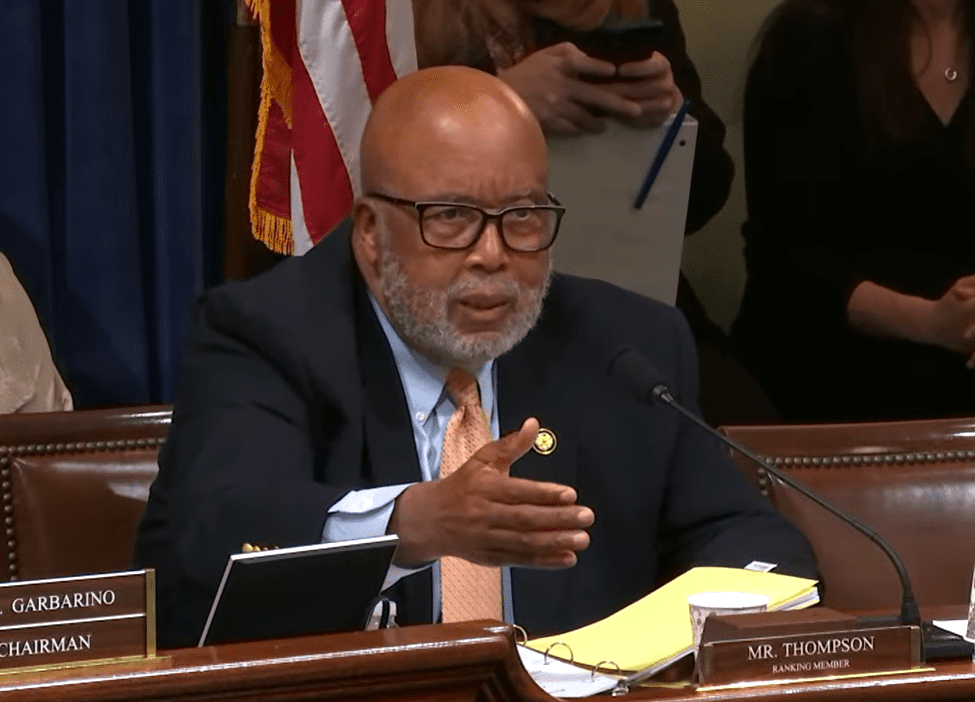
Submitted by Kelly Hardwick
Mississippi State Personnel Board Executive Director outlines changes to classification and compensation system, calling it “the most significant impact on state employees in 40 years.”
40 years. Four decades. Consider how much has changed in 40 years. The way we communicate, the way we travel, the way we work, and the list goes on and on. With all the advancements in technology and societal changes, Mississippi state employees had not seen any significant updates or improvements in how their positions or salaries are determined. So, the Mississippi State Personnel Board and staff reviewed our priorities and evaluated how we work to meet our statutory mission of “ensuring a quality workforce.” During this review, we knew it was time to undertake what we believe will be the most significant impact on state employees in 40 years. In the fall of 2019, MSPB decided to overhaul the state’s classification and compensation system. During the past two years, we launched Project SEC2 (a State Employee Classification and Compensation initiative) and worked tirelessly to implement the new system on January 1, 2022.
We understand that most state employees are concerned with how this will affect their salaries. However, we can’t ensure fair and equitable compensation for employees until they are in the correct job classification based on their duties, responsibilities, and authority level. So, how did we ensure that all 25,000 state employees under our purview were appropriately classified?
First, we had to evaluate the 1,900 job classifications in our old system. We removed duplicate and generic classifications and simplified the system with only 650 new job classifications. We met with nearly 300 state employees who are considered subject matter experts in their fields to help us understand what state employees in various industries do.
In what was an immense undertaking in state government HR, it was time to place employees in accurate job classifications based on their duties, and we needed their help with this critical step. We surveyed each employee about what they do each day and their role in their agency’s mission. Our staff evaluated each response, and we worked with employees’ supervisors and HR departments to help classify employees correctly.
Meanwhile, we used the relevant labor market, including the Mississippi private sector and contiguous state governments, to help create a salary structure to help ensure employees are paid fairly and equitably for what they do. Each job classification received a pay grade, including a minimum, market, and maximum salary. An employee’s salary falls within the range based on several factors, including performance, experience, special certifications, or scarce skills. The employing agency determines this intending to compensate employees competitively, consistently, and equitably.
If you’re reading this, you’re probably wondering if you or a state employee you know is receiving a pay raise due to the new system, and the short answer is, maybe. The employee’s agency will determine pay increases related to implementing the new system. The Legislature gave each agency the discretion to award increases of up to 3% on January 1, based on where each employee’s salary falls within the new pay grade. Employees with a salary above the market rate of their new pay grade will not be eligible for an increase in the new system. Just as some state employees’ salaries are above the market for their classification, some state employees’ wages are below the minimum salary set for their new classification. MSPB is committed to advocating that each current employee below minimum obtain the minimum salary as soon as practicable upon adequate agency funding. And, each agency has the discretion to award increases for employees with salaries below the market rate of their pay grade yet above the minimum salary.
With the implementation of the new system, there is no longer a need for an across-the-board pay increase granted by the Legislature. But that is a good thing because it gives both the Legislature AND state agencies and their employees more accountability and transparency through this functional system. Using the new system, agencies, employees, and legislators can see how agencies determine employees’ salaries within policy. And we have a plan in place to show if employees are being paid fairly and equitably for their duties. It also makes it easier for current and future employees to pursue a defined career path in public service through state government. Through all this, no state employee received a salary reduction due to implementing the new system.
As a taxpayer, you may be wondering how much a project of this magnitude costs. We are proud to say that the vast majority of this project was executed by current MSPB employees including project leadership and oversight, the electronic questionnaire state employees submitted regarding their job duties (Mississippi is proud to be the first state to complete this monumental process electronically), and all communications materials including a new project website, informational videos, and marketing collateral.
We knew that this would be a difficult task with growing pains as with any worthwhile undertaking. Our staff remains committed to working with agencies and state employees to continue improving the system for state employees for years to come. State employees with questions about their classification or compensation should contact their agency’s HR department and check out careers.mspb.ms.gov.
###
Submitted by Kelly Hardwick. He is Executive Director of the Mississippi State Personnel Board.








